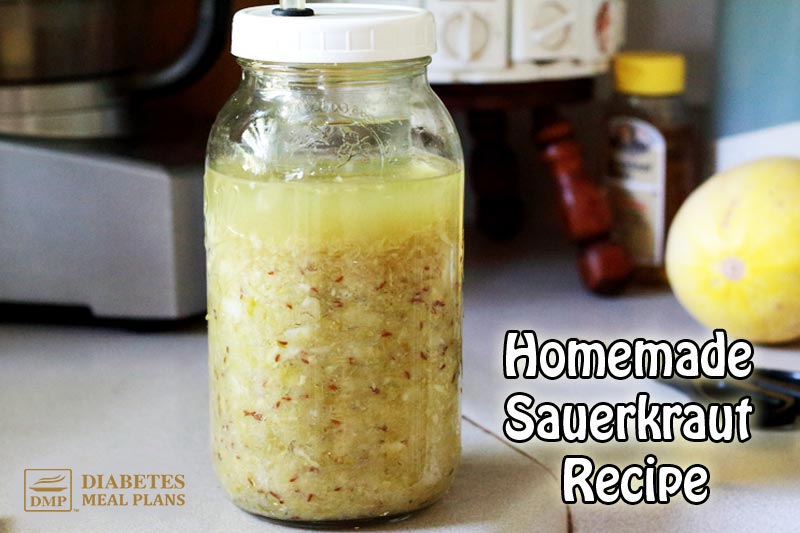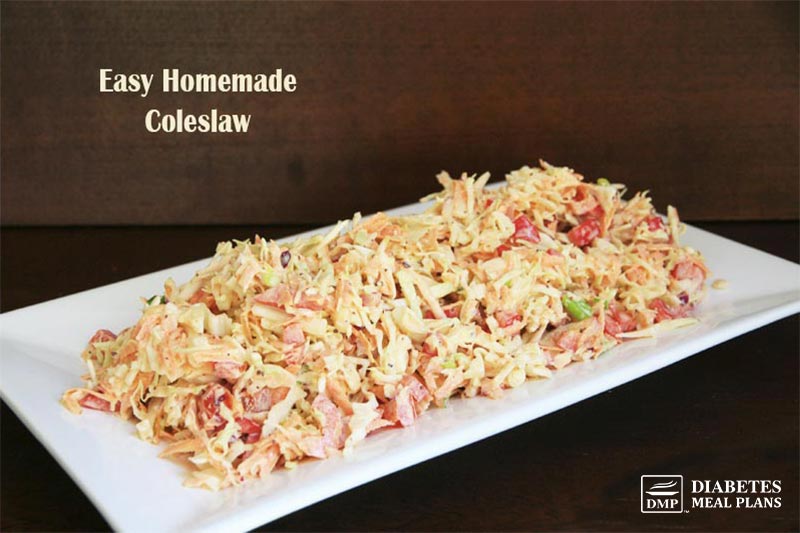Table of Contents[Hide][Show]
Cabbage is a cruciferous vegetable (along with broccoli, cauliflower, Brussels sprouts and others). There are 3 different types of cabbage: red, green and savoy (and of course the Chinese varieties). Here we’re putting cabbage in the spotlight, including nutrition and health facts, cooking and kitchen tips, and recipes.

Cabbage Nutrition Facts
- Cabbage is an excellent source of vitamin K, C, and B6, and a very good source of manganese, fiber, potassium, vitamin B1, folate and copper.
- It has unique antioxidant properties including anthocyanins, which are anti-inflammatory.
- It provides a rich supply of glucosinolates, phytonutrients which are effective in detoxification.
- All types of cabbage are beneficial and contain different glucosinolates so it is wise to consume a variety from each type available.
Cabbage (1 cup shredded raw, 70 g)
Nutrition Facts
Calories: 18 | Total Fat: 0.07 g | Sat Fat: 0.024 g | Poly: 0.012 g | Mono: 0.012 g | Total Carbs: 4.06 g | Fiber: 1.8 g | Net Carbs: 2.26 g | Protein: 0.90 g
Minerals
Calcium: 28 mg | Iron: 0.33 mg | Magnesium: 9 mg | Phosphorus: 18 mg | Potassium: 119 mg | Zinc: 0.13 mg
Vitamins
Vitamin C: 25.6 mg | Thiamin: 0.043 mg | Riboflavin: 0.028 mg | Niacin: 0.164 mg | Vit B6: 0.087 mg | Folate: 30 ug | Vit B12: 0 mg | Vit A: 69 IU | Vit E: 0.10 mg | Vit D: 0 IU | Vit K: 53.2 ug
Cabbage (1/2 cup shredded cooked, boiled, drained, no salt, 75 g)
Nutrition Facts
Calories: 0 | Total Fat: 0.04 g | Sat Fat: 0 g | Poly: 0.017 g | Mono: 0.014 g | Total Carbs: 4.13 g | Fiber: 1.4 g | Net Carbs: 2.73 g | Protein: 0.95 g
Minerals
Calcium: 36 mg | Iron: 0.13 mg | Magnesium: 11 mg | Phosphorus: 25 mg | Potassium: 147 mg | Zinc: 0.15 mg
Vitamins
Vitamin C: 28.1 mg | Thiamin: 0.046 mg | Riboflavin: 0.028 mg | Niacin: 0.186 mg | Vit B6: 0.084 mg | Folate: 22 ug | Vit B12: 0 mg | Vit A: 60 IU | Vit E: 0.11 mg | Vit D: 0 IU | Vit K: 81.5 ug
Health benefits of Cabbage
- Natural bacteria are present on the leaves of cabbage, which can be used for fermentation (ie sauerkraut or kimchi). These create probiotics and are extremely healthy for gut health and influence the growth of beneficial bacteria.
- Cabbage is high fiber, which binds bile acids in the digestive tract excreting excess cholesterol.
Research on Cabbage
Cabbage is a cruciferous vegetable very high in phytochemicals that has been linked to reduced risk for cancer and heart disease.
Most of these benefits have been seen in studies utilizing short-cooked methods – generally steamed or sautéed rather than microwaved.
Points for Consideration
Cabbage is high in sulfur and contains raffinose (a non-digestible sugar), which can result in bloating and gas. This is not necessarily a bad thing as gas production is indicative of healthy gut bacteria/flora but can be uncomfortable for some or socially awkward. Gas may be reduced by consuming cooked or fermented cabbage – such as sauerkraut. It is also recommended to slowly introduce and increment cabbage into your diet if you don’t consume it often at present.
There is a bit of controversy as to whether large amounts of cruciferous vegetable (cabbage, broccoli, onions, cauliflower, Brussels sprouts) can affect thyroid function as they may interfere with the body’s ability to absorb iron. In most cases though they aren’t an issue. However, if you do have thyroid problems, it would be best to monitor the amounts you consume and increase gradually.
Cabbage in the kitchen
Selection
Choose cabbage heads that are firm and dense with crisp and shiny leaves. Avoid many cracks and blemishes, though sometimes a few of these are unavoidable.
Storage
Cabbages should be kept cold refrigerated and wrapped tightly (such as in a plastic bag) until use, as it helps retain vitamin C content and other nutrients. Fresh cabbage will keep 1-2 weeks properly refrigerated. Do not cut until ready to use as the surface will begin to decay.
Uses
Pull off the outer leaves and discard. If the edges are a little brown, just slice them off.
Rinse cabbage well, spray with a water/vinegar solution (if cabbage is not organic) to remove as many pesticides or other chemicals used as possible, then rinse well again.
Cooking
If cooked, cabbage should not be cooked too long or at very high heat to retain nutrient benefits. Cabbage can be lightly steamed (and used as a ‘pasta substitute’ or as a wrap or roll), or sautéed lightly in olive or coconut oil and perhaps vegetable or chicken broth and vinegar.
Cabbage can also be eaten raw and combined with lemon juice, olive oil, turmeric, sea salt and pepper as a delicious slaw for a side dish.
Cutting Techniques
Cabbage is easy to cut!
First quarter the head, then slice downward, removing the core from each piece. Your next cuts will depend on what you are making with the cabbage. For large leaves to use as wraps, you may only want to halve the cabbage or leave it whole, peeling the leaves off carefully. For thin shreds (as in noodle substitute), slice very thinly in a downward motion. Cabbage also shreds extremely quickly in a food processor.
Cabbage recipes
Chicken carbonara pasta-ish dish – uses cabbage ‘noodles’

Click Here for the chicken carbonara recipe
Homemade Sauerkraut

Click Here for the saurkraut recipe
Easy Coleslaw/ Slaw

Click Here for the Slaw recipe
There are plenty more veggie tips to come. Tune in each week for a new veggie in the spotlight!

Nelson Wong
To whom it may concern: Thank you for an informative article. Regards, Nelson
Eunice Alexander
Does green cabbage raise blood sugar levels in diabetics?
Emily - Dietitian (MS, RD)
No! As the article indicates cabbage is a great choice for someone looking to improve their blood sugar levels.
sanjeev Kumar
very good educative article, I hope many similar article on vegetable will be bringing in.
thank you!
Jedha
Yes, there will be more to come. We plan to do all the vegetables.